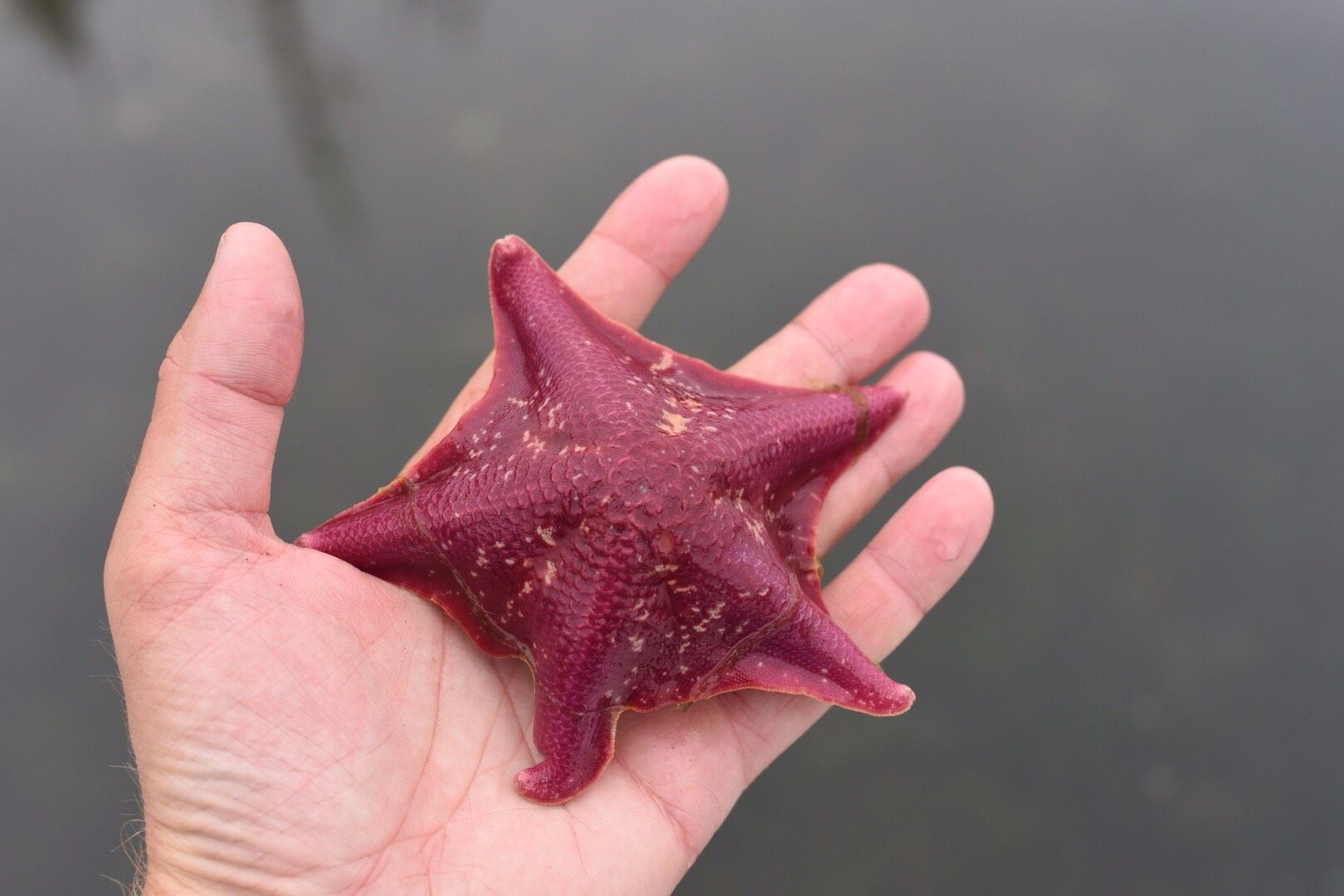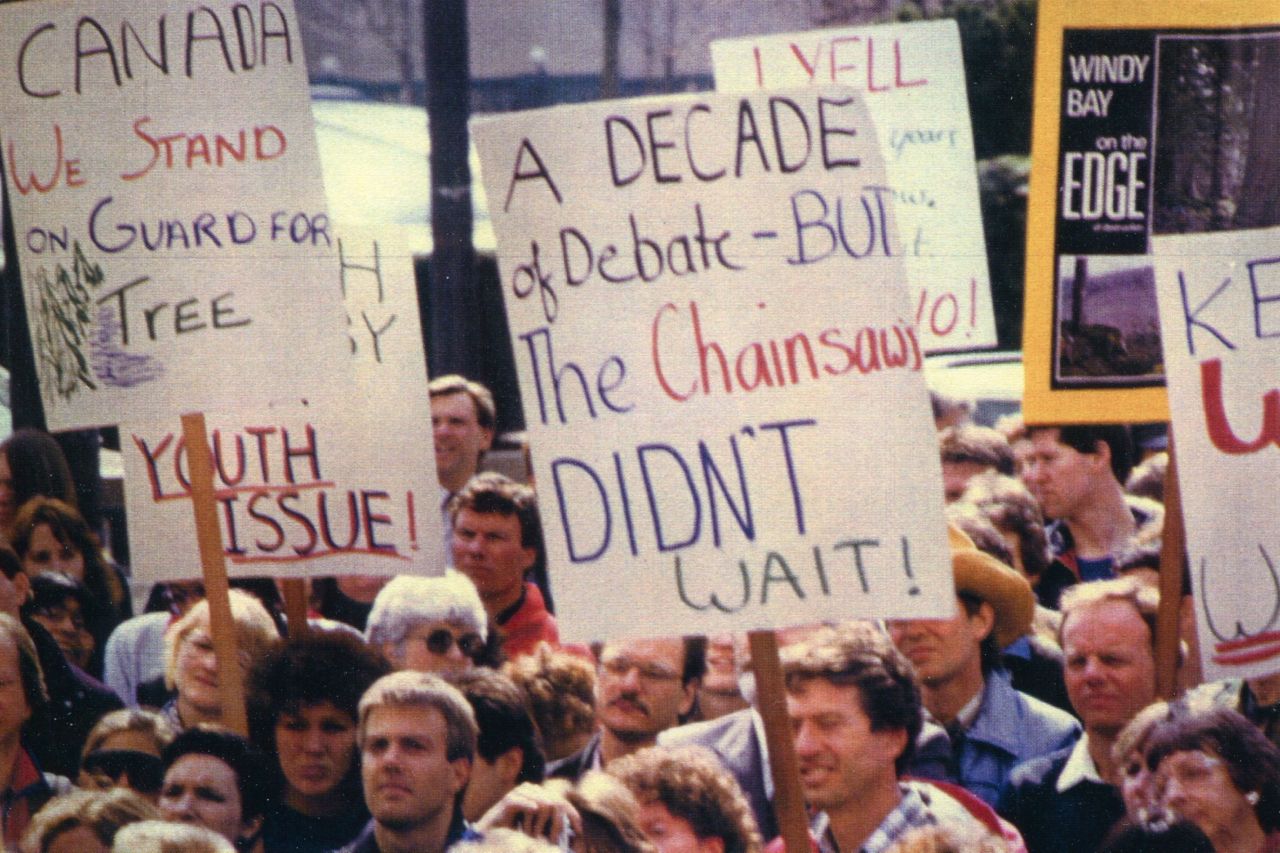“In a way, I never returned from my first journey to Haida Gwaii, for it had changed me forever.”
Jeffrey standing in a former forest
Journey to Haida Gwaii
Jeffrey (also known as Jeff) grew up in Vancouver, Canada in a family of modest means with a politically conservative worldview. At age 16, he had a pivotal life experience when he joined a high school field trip to Haida Gwaii, a remote and rugged archipelago located in the North Pacific Ocean (found off Canada's northwest coast and just below Southeast Alaska). While traveling in the wild southern reaches of the islands — now called Gwaii Haanas but formerly referred to as South Moresby — he encountered a “biological Disneyland”, as he then wrote in his journal. Vast verdant forests contained enormous trees that were over a thousand years old and carpeted with deep moss of every hue of green. The stench of rotting fish hung in the damp air near streams where scores of spawning salmon had recently returned to lay their eggs and die. Dozens of species of birds, often in sizeable flocks, made the forests and seas their home. He sighted the world’s largest black bear species roaming the shoreline overturning heavy rocks looking for crabs to eat. Low tide revealed a fecund marine world in which every available space was occupied by fantastic forms of life. Gwaii Haanas means “place of wonder and beauty”, and it is felicitously named.
This was a life altering journey for a city kid who had grown up in an environment where everything was man-made and tamed. He began to understand that there was a vast web of life that wraps around the Earth; one to which he was somehow connected. It was an epiphany — a realization that there was something much grander and more important than himself but which at the same time included him.
He was horrified to see that the primeval temperate rainforests of Gwaii Haanas were being devastated by clear-cut logging. The landscape was destroyed on such a vast scale that at first he thought it must be a bomb test site for the military. The loss of nature he had come to love hit him in an unexpectedly personal way — he felt a visceral pain in seeing the scarred land. Although he was a shy kid, he knew he had to do something.
Joining the struggle
Immediately upon returning to school, Jeffrey formed a student campaign group at his high school in Vancouver in order to help secure the protection of Gwaii Haanas. The group was called Teenagers’ Response to Endangered Ecosystems (TREE Club). Their first action was to contact politicians directly by writing to every Member of Parliament in Canada and all the Members of the Legislative Assembly of British Columbia (over 400 hand-written letters) — citing their personal experience of Gwaii Haanas and imploring the politicians to prevent its destruction. Next they created an elaborate musical slide show called WildVision about their Gwaii Haanas experience. Not an ordinary slide show, WildVision was billed as "a sight and sound extravaganza" and involved six projectors and three screens, with actors and musicians on stage interacting with the images. Word of mouth spread and WildVision toured to packed theatres, raising awareness and funds for the cause.
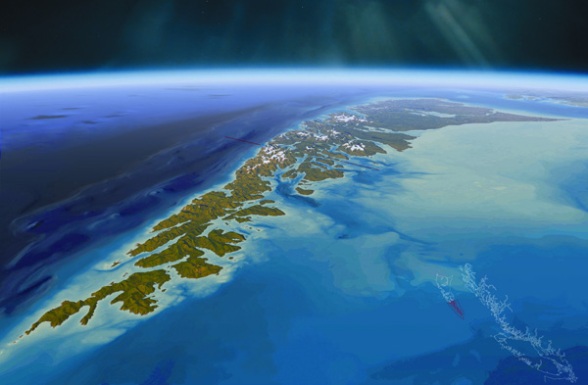

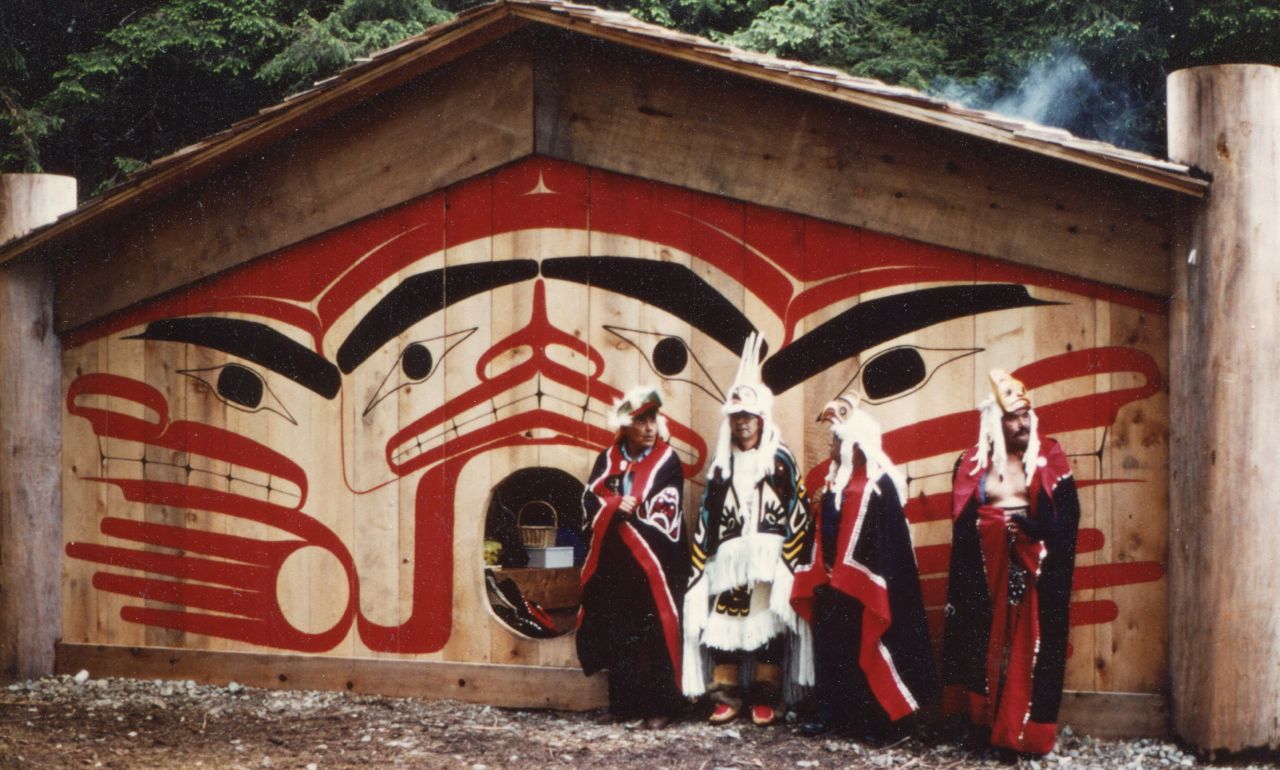
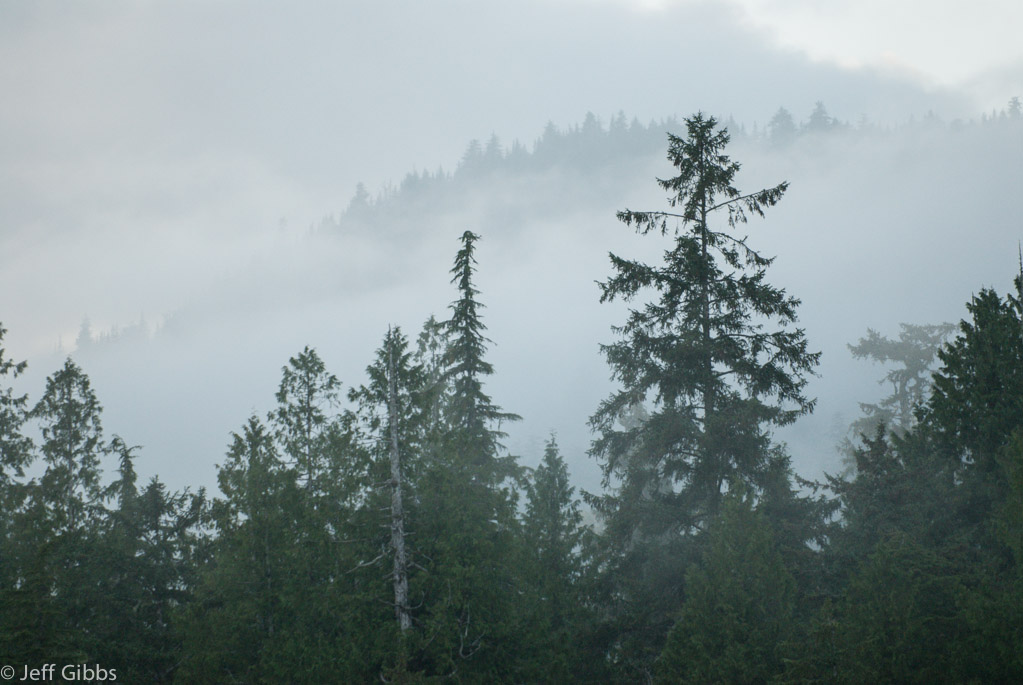

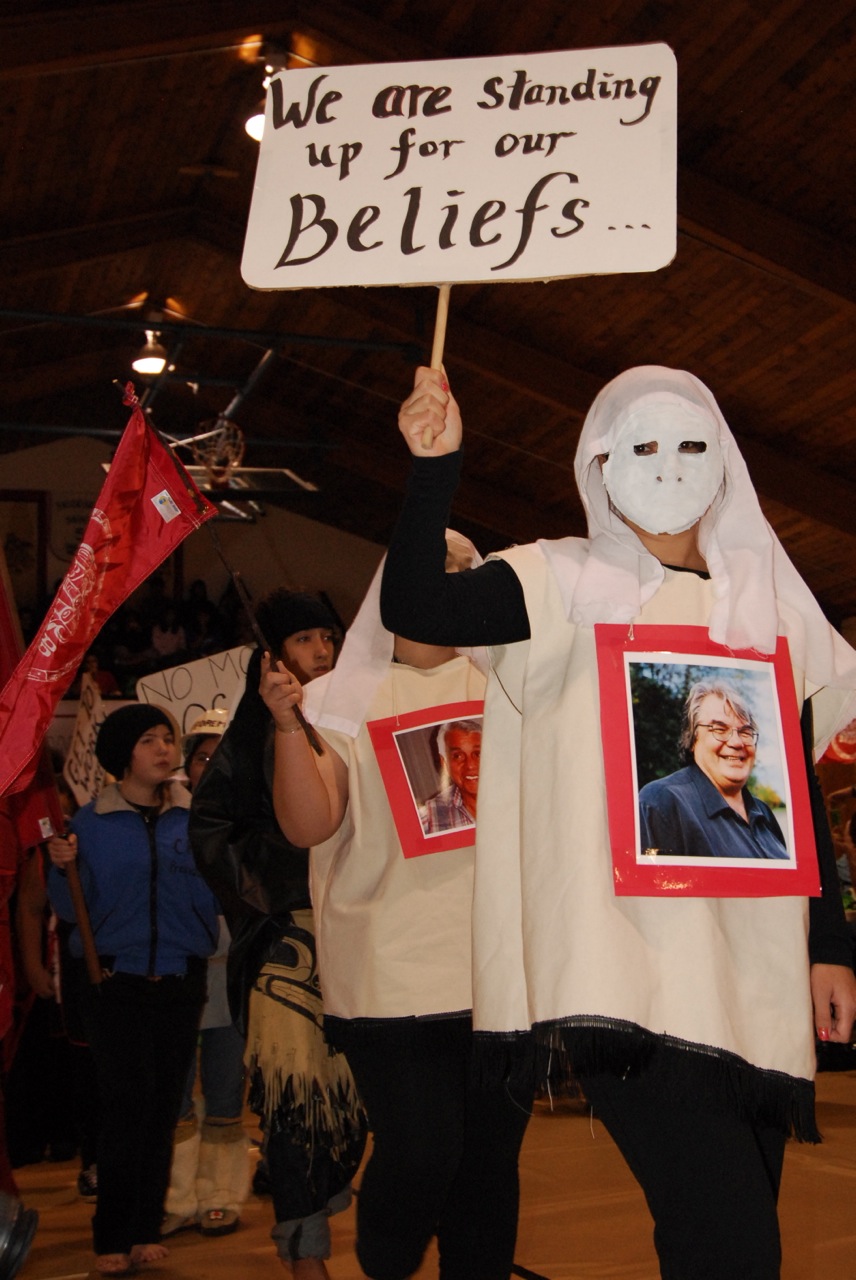




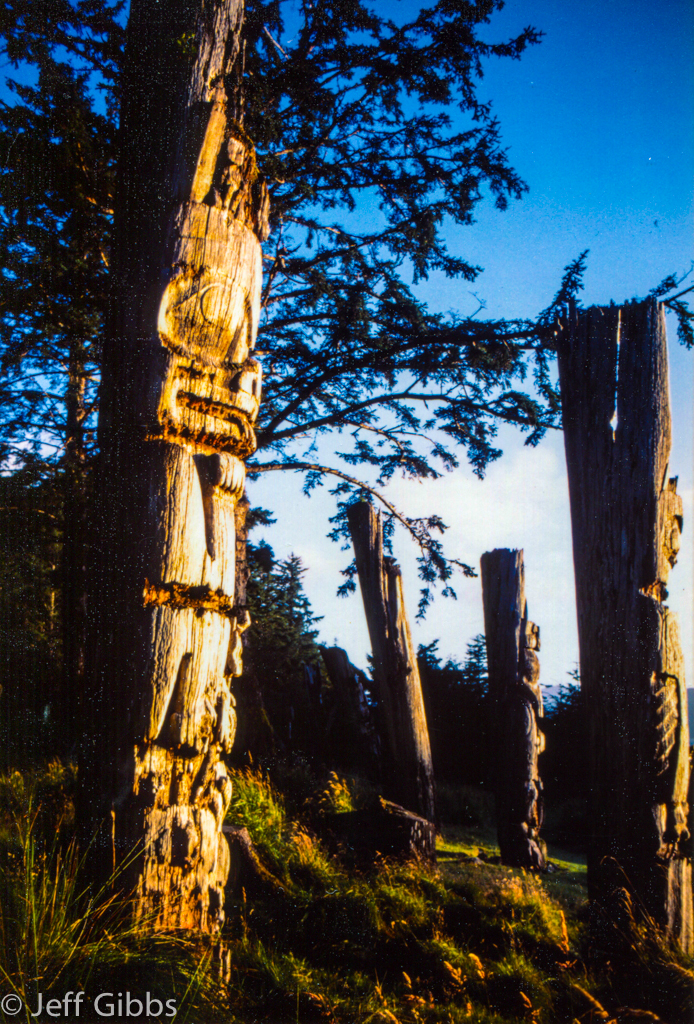
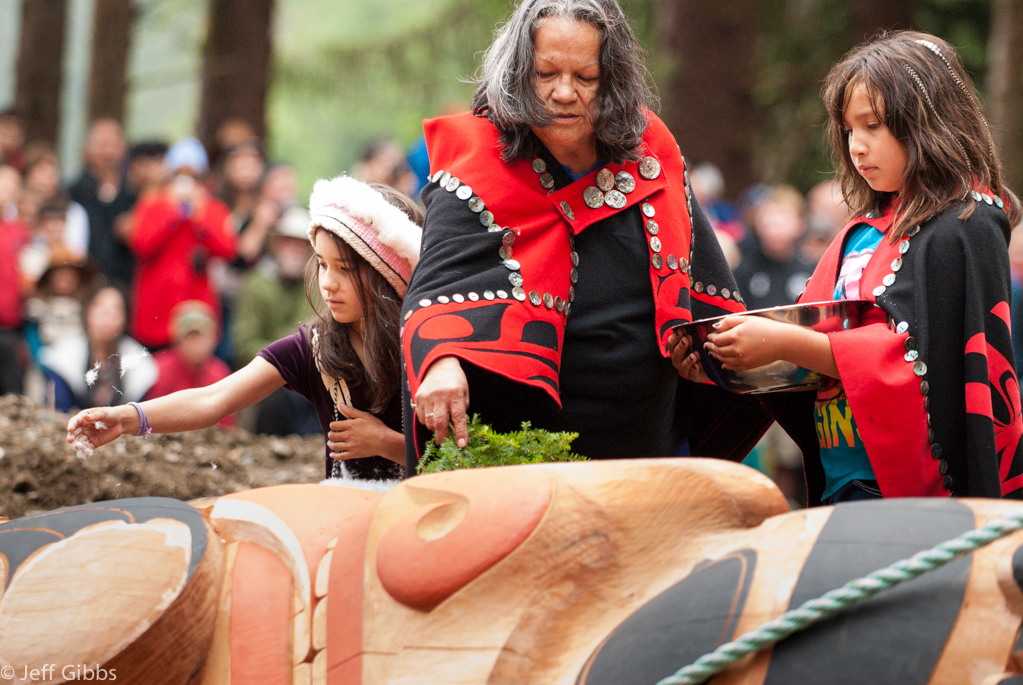
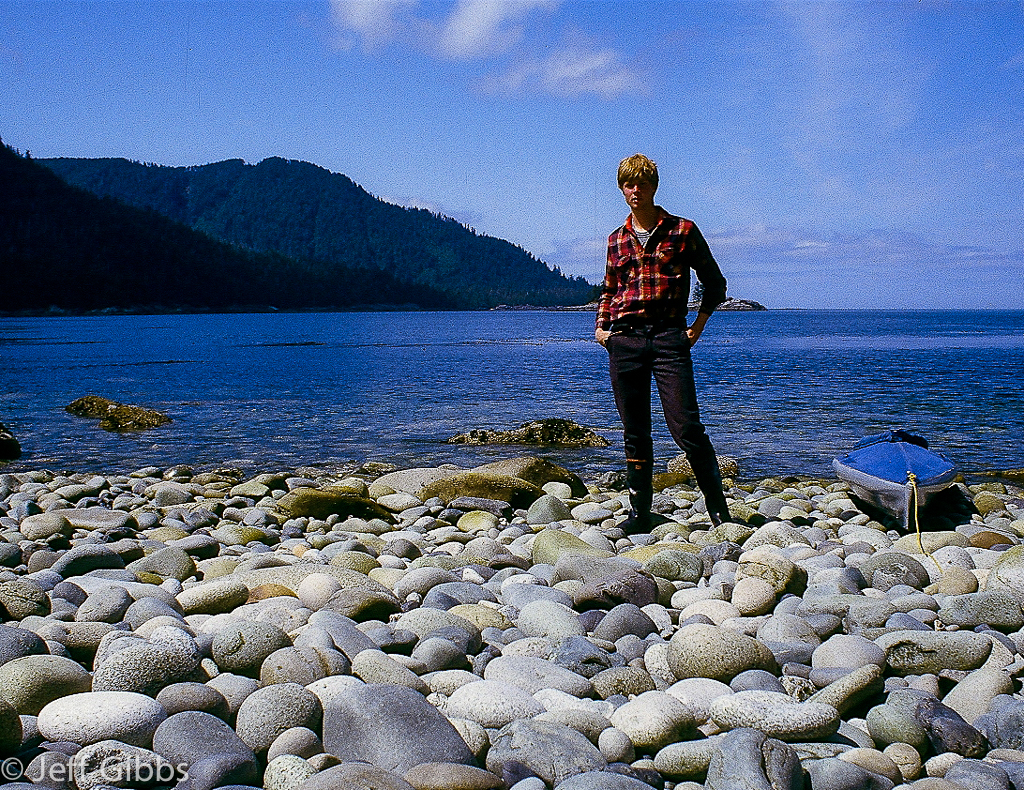
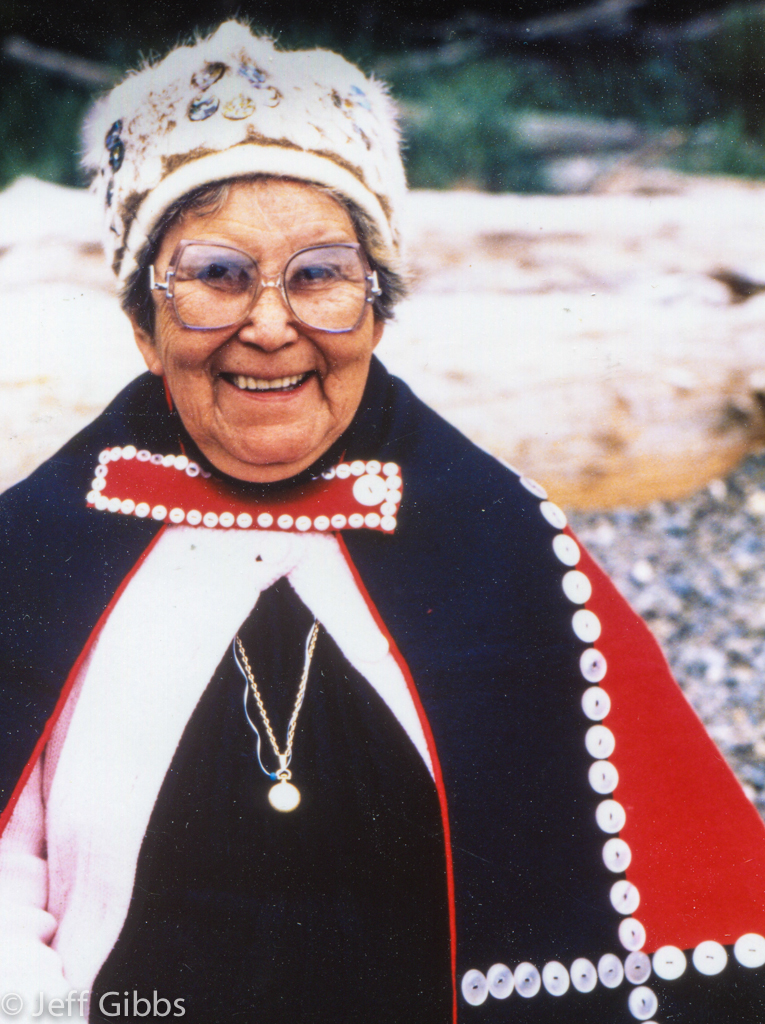
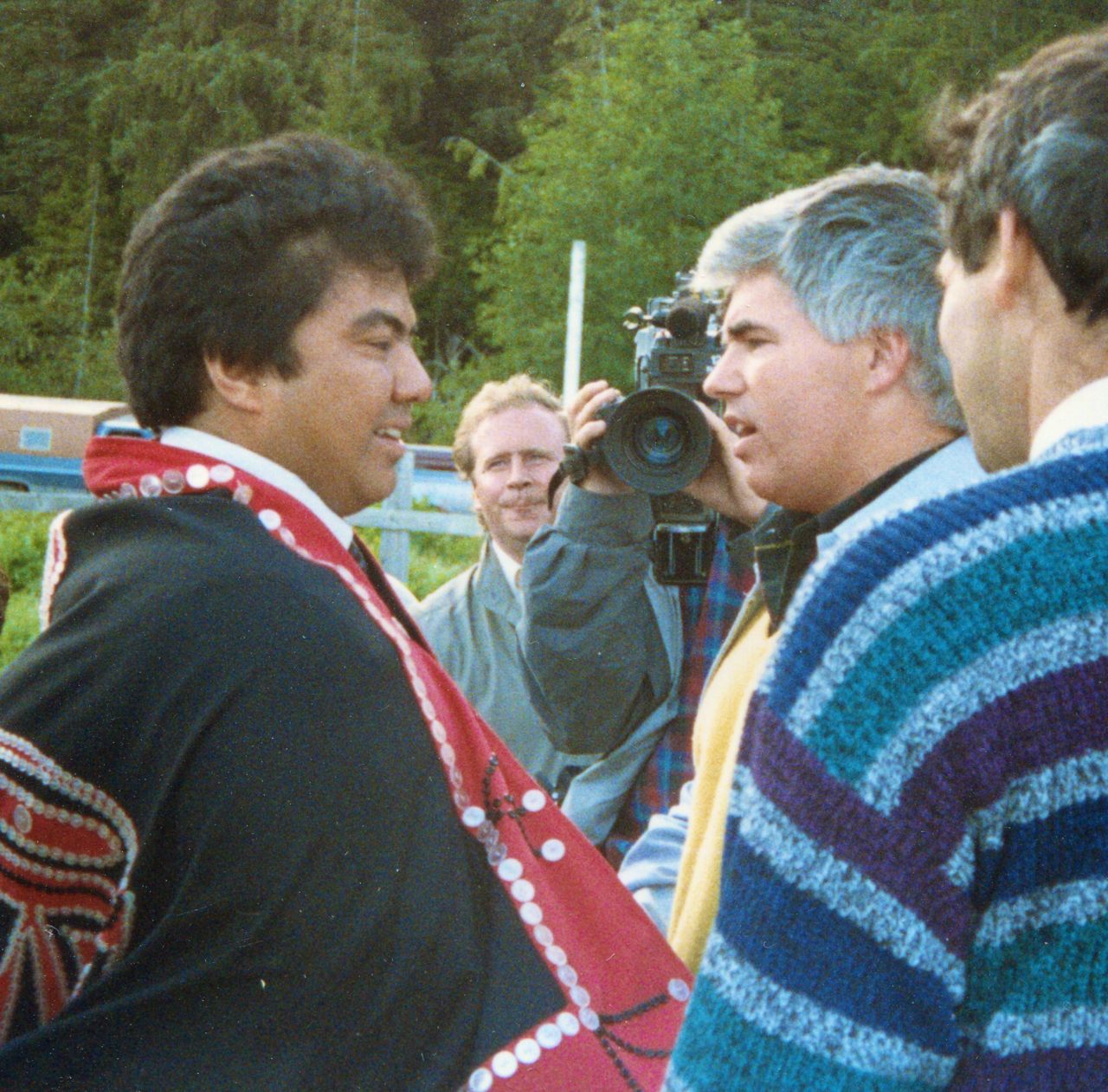
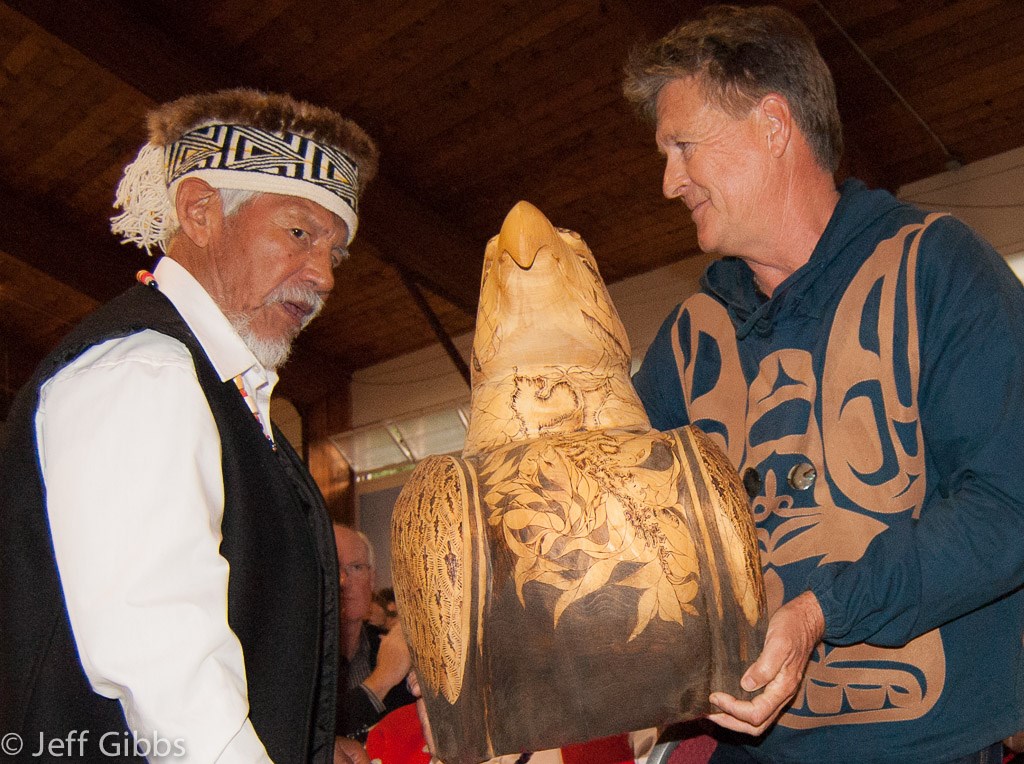
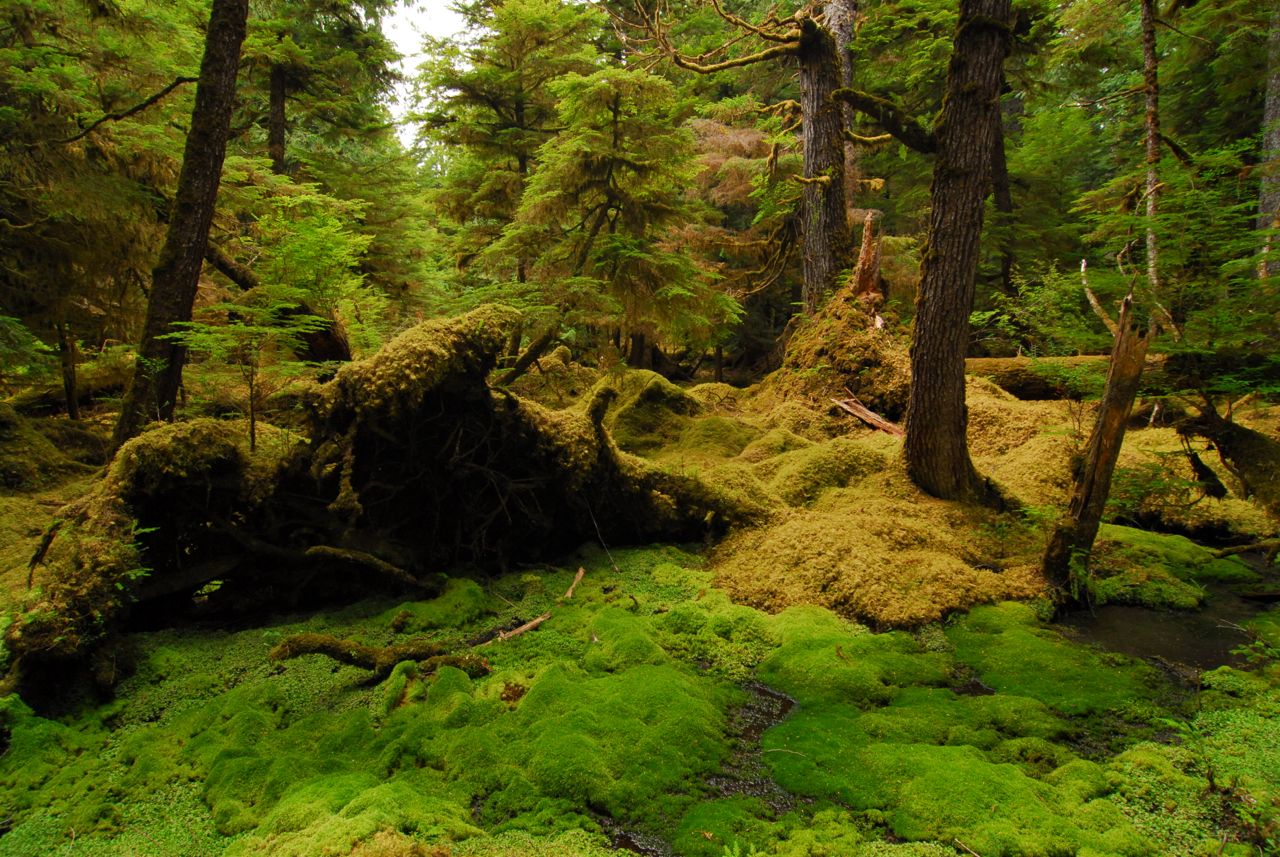

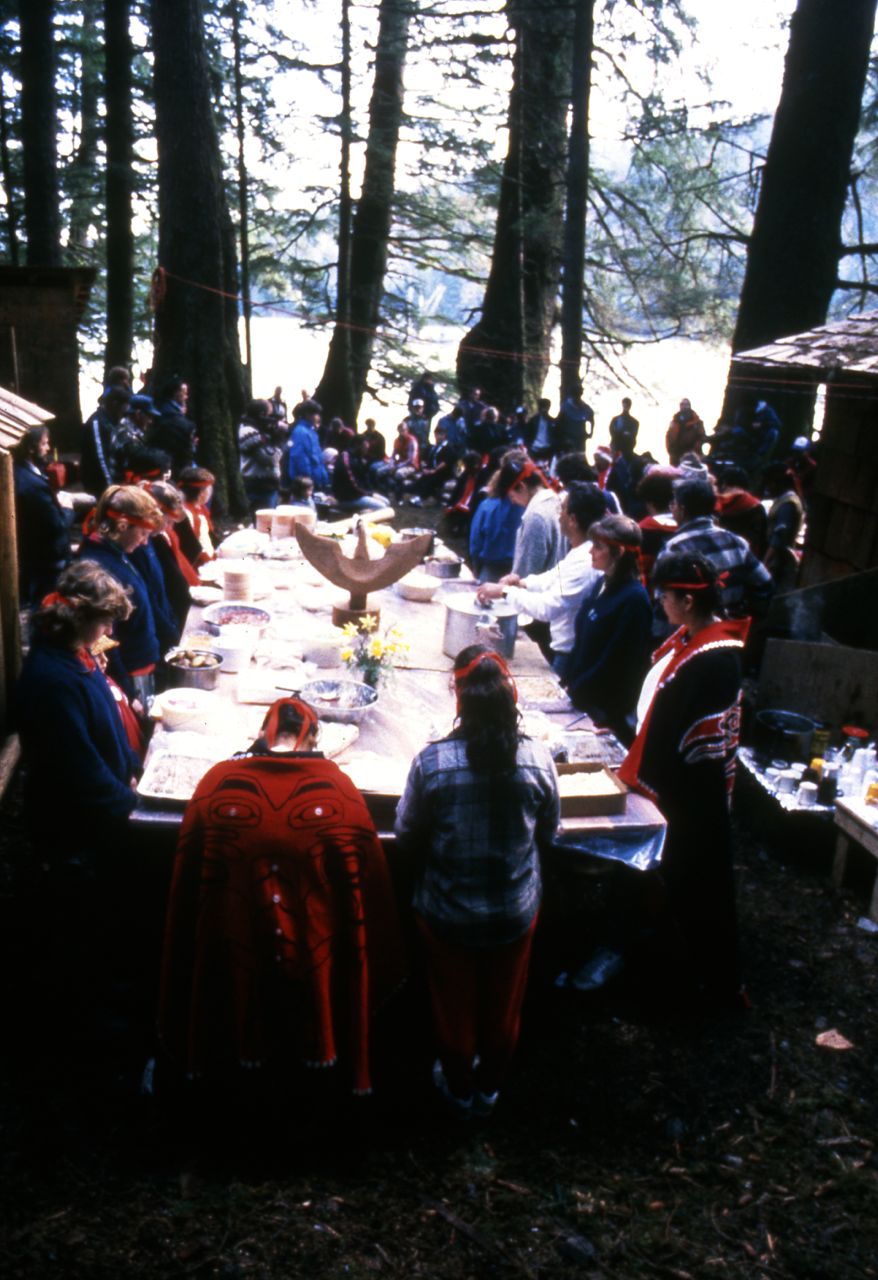
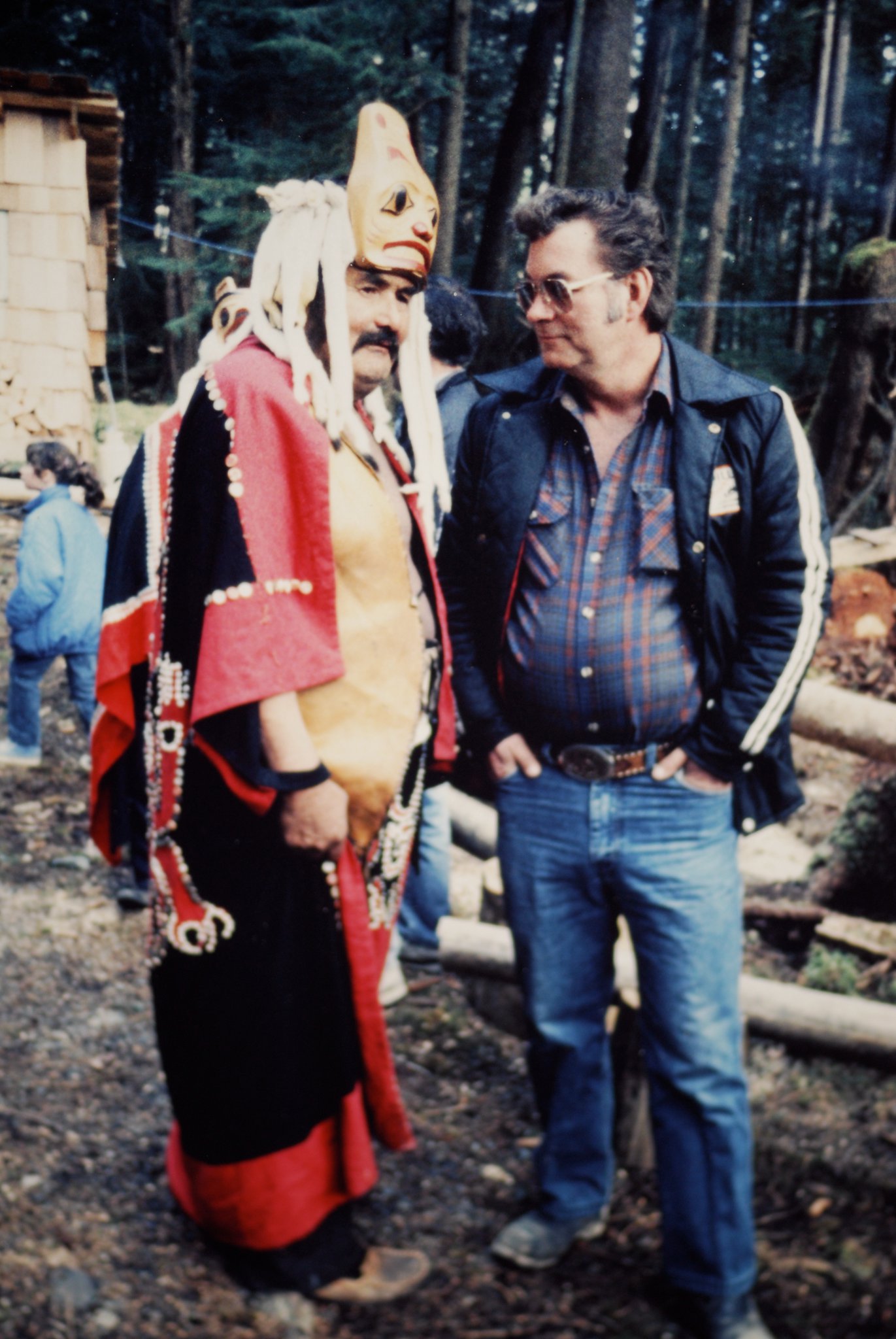
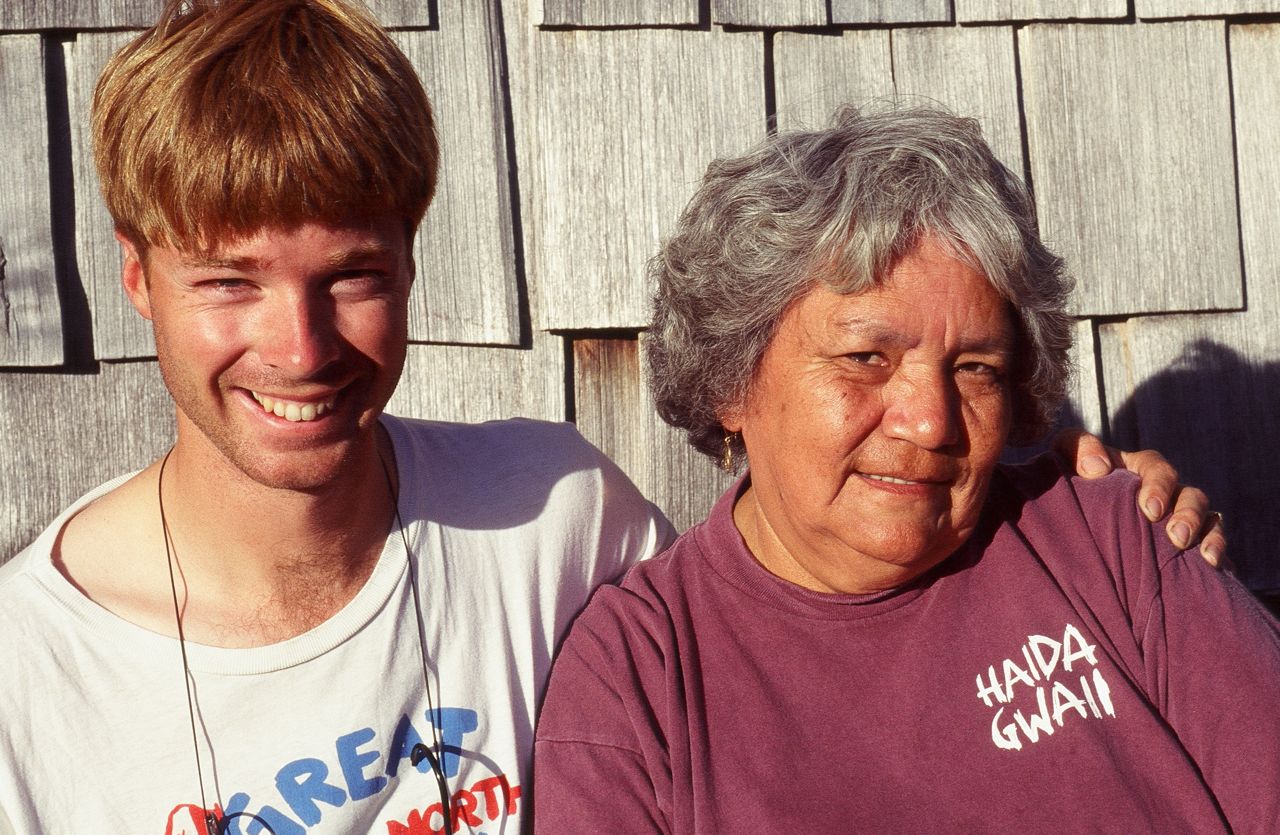

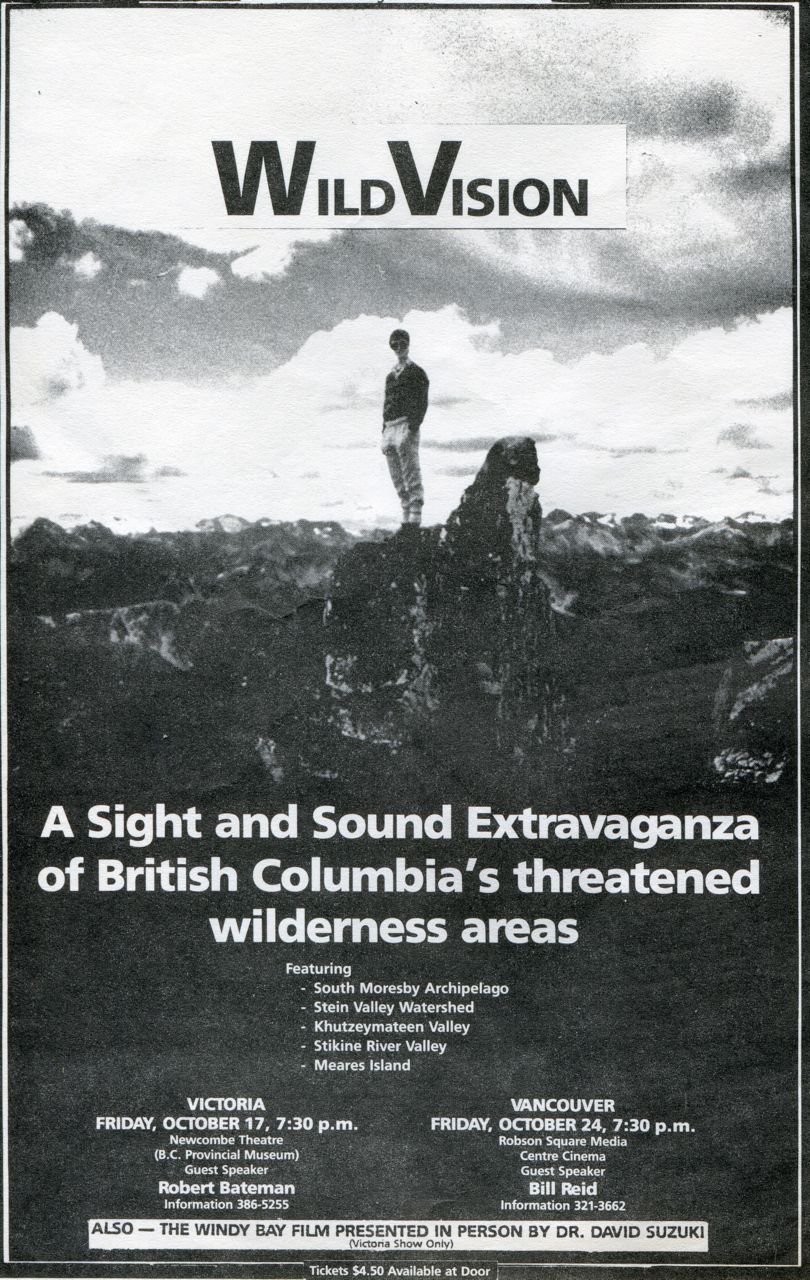
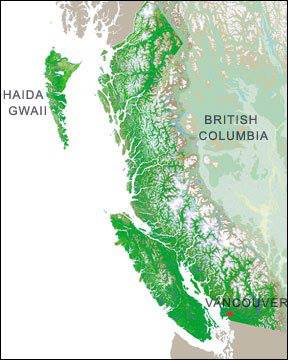
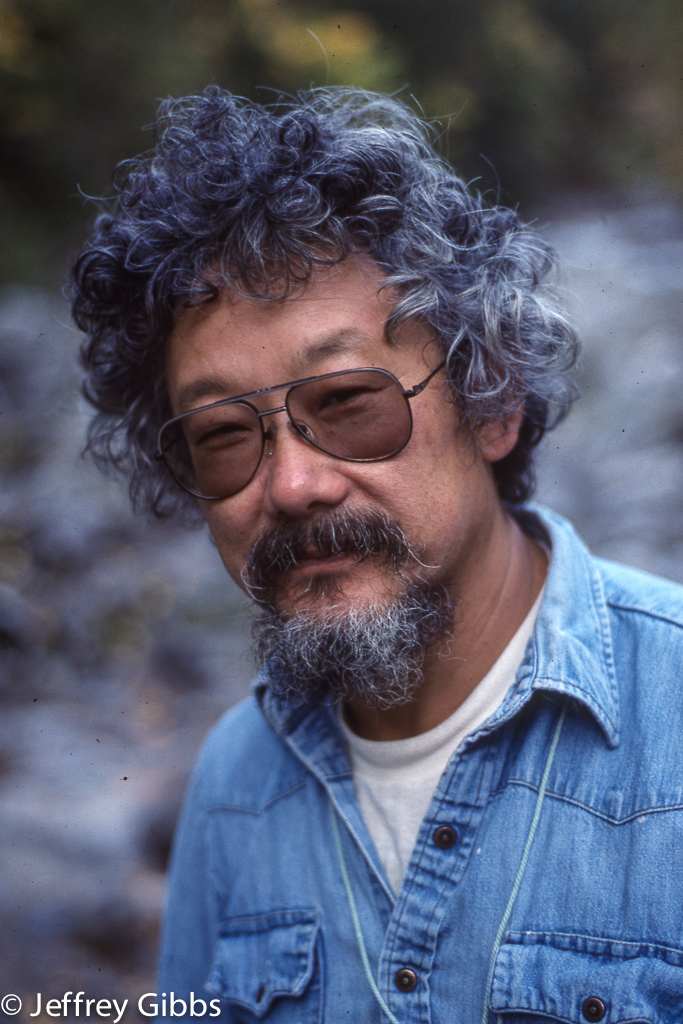
He then organized his friends to go door-to-door in neighbourhoods across Vancouver in order to engage citizens in conversations about the value of Gwaii Haanas and, most importantly, how to influence politicians to protect it. Over 5,000 households were reached by these teenagers! Later, he met with the Premier of British Columbia, both the BC and Federal Ministers of Environment, and the Leader of the Official Opposition in Canada's House of Commons. He also testified along with one of his friends at a high profile government commission set up to find solutions to the conflict in Gwaii Haanas and other contentious wilderness areas. During this time, he contacted his hero Dr. David Suzuki to involve him in the TREE Club's efforts. Dr. Suzuki is a scientist, author, and TV host, and one of the most esteemed and well-known environmentalists globally. Together with humanitarian and conservationist Dr. Tara Cullis (Suzuki's wife) they collaborated on numerous campaign activities for Gwaii Haanas and other threatened places.
“When, or if, we should decide that subduing is not the only, or even most desirable way of making our way through the world, these shining islands may be the signposts that point the way to a renewed harmonious relationship with this, the only world we’re ever going to have.”
Haida citizens peacefully blocking the logging road on Athlii Gwaii (Lyell Island). located in the Gwaii Haanas region.
Jeffrey visited Haida Gwaii regularly during his teenaged years and came to know the Haida, the indigenous people who have lived on the archipelago for millennia. The Haida taught him that there are entire societies — the world's indigenous peoples — who are defined by their connection to the natural world. In fact, the clear-cut logging in Gwaii Haanas was illegal according to Haida Nation law because they had previously designated the region as a Haida Heritage Site, which banned industrial activity there. Seventy-two Haidas, including three elders, were arrested by Canadian police for peacefully using their bodies to blockade the foreign corporation's logging trucks operating in Gwaii Haanas. Their stand garnered international media attention.
Intro sequence from TV documentary about Jeffrey's connection to Haida Gwaii.
Jeffrey became friends with several Haida people, most notably with Guujaaw, a charismatic and worldly Haida artist and political leader who was a key figure in the campaign to protect Gwaii Haanas. Guujaaw invited him to join a late autumn trip to Hlk'yah (Windy Bay), the most ecologically significant watershed in Gwaii Haanas, where a team of Haidas were building a traditional cedar longhouse at the site of an ancient Haida village amid the immense spruce trees. The longhouse was being constructed in order to assert the Haida Nation's sovereignty of the area and dissuade its imminent destruction by logging. He also traveled with an elderly Haida medicine man to the far-flung and mysterious small island of SG̱ang Gwaay Llnagaay (aka Ninstints) to be caretakers of the remnants of an ancient Haida village that is a UNESCO World Heritage Site. He then undertook an ambitious and foolhardy solo kayak trip through Gwaii Haanas that almost claimed his life when a fierce gale blew him far from shore and into towering, frothy seas. Later, after spending a month in Gwaii Haanas with two elder Haida matriarchs (who were among those arrested at the blockades), they bestowed on him the Haida name Kuuyaa (Precious).
Haida Village, 1878
Understanding the layers of oppression
Jeffrey’s exposure to Haida society during his teenaged years represented his introductory education about the catastrophic result for indigenous societies when Europeans first arrived in, then occupied, their lands. Listening to his Haida friends, he learned that during the 1880s, as a result of contact with European traders, smallpox and other diseases were introduced to Haida Gwaii with devastating consequences for the Haida Nation. In a few short years they lost about 95% of their population to the plagues. From 20,000 or more people, only about six hundred survivors remained. In the aftermath of that unprecedented calamity, Haida society began to be overwhelmed by the values and laws of the newcomers. The disease survivors were huddled by government and church organizations into tiny communities called “reserves” that represented less than one percent of Haida Gwaii’s land base. The newly formed state of Canada illegally assumed control of Haida Gwaii and encouraged settlement by people of European decent (despite the fact that the Haida Nation had not relinquished its sovereignty or ownership of Haida Gwaii nor signed treaties with Canada). Totem poles, artefacts, and remains of over 500 deceased Haidas were stolen and shipped off to museums and storage facilities around the world. By the 1950s, the Haida had almost no influence over their lives because the new power of Canada had implemented its own laws and policies for all aspects of life. With the Haida in this vulnerable state, industrial exploitation was able to engulf Haida Gwaii’s ancient forests.
Haida Shamans. Photograph by Edward Dossetter, 1881
This crucible of oppression experienced by the Haida was also visited upon indigenous nations throughout Canada. The potlatch ceremony, which is the central legal and cultural practice of a functioning Haida society (as well as to other West Coast and interior native nations), was outlawed from 1884 to 1951. The federal Indian Act, which is still in force today, made indigenous people wards of the state who could not even own land in their own communities. Indigenous people in Canada could not vote in federal elections until 1960.
From 1840 to 1996, the Government of Canada, in partnership with Christian church organizations, took indigenous children far away from their communities to the innocuously-termed "residential schools" where severe abuse was commonplace and the children were not permitted to use their own language — an act that was tantamount to cultural genocide according to the Chief Justice of Canada's Supreme Court. In the case of Haida children, they were sent as far away as Alberta, often not returning home for years. The Haida today are making great efforts to recover their traditional language.
This history of oppression stretching over a century is the context for the Haida roadblocks on Lyell Island. Their heroic and bold action was a turning point in which the Haida Nation came together as a united force and were able to begin to reassert control over their lives and lands, and rejuvenate their society and culture; a process which continues to this day.
Sphenia Jones
"I am now 73 years old. I was at Indian residential school from age 11-15. I had to work in the infirmary, where there were many sick and hungry children. I’d steal food like peanut butter and bread to feed them. A lot of kids died there. I had to handle the dead children — wrapping them to be buried. Once I got caught speaking my native language. I wasn’t aware my language was different. My punishment was having four fingernails pulled out. At residential school we all received numbers. I was known as #702. But my name is Sphenia. It’s an Ojibwa name that means ‘on my way’. For many years now I’ve worked as an advocate for abused children. I started a school for indigenous kids in Vancouver called Spirit Rising Cultural Survival School." — Sphenia Jones, Haida elder, 2017.
None of this history of the Haida and other indigenous peoples had been taught to Jeffrey during his entire time in the Canadian school system, nor was it a subject that was discussed in the news media or explored in popular culture (films, TV shows, etc). He only learned of it by asking his Haida friends many questions, and by taking the time to just listen and process the profound truth they were speaking.
Pictured here left to right are Thom "Huck" Henley, Kevin McNamee, Jeffrey Gibbs, Vicky Husband, John Fraser (MP and Speaker of the House), John Broadhead, Colleen McCrory, Tara Cullis, Elizabeth May, David Suzuki, Greg Sheehy and Terry Husband (no relation). Photo taken in Hlk'yah (Windy Bay).
The Save South Moresby Caravan arrives in Vancouver.
An unprecedented grassroots movement
While the campaign for Gwaii Haanas was a key moment for Haida society (in their standing up to face down colonialism), it was also a pivotal issue in the evolution of the environmental movement in Canada. Campaign efforts, led in the early years by a tiny rag-tag volunteer group of local environmentalists, scientists, and Haidas, grew steadily over a period of more than ten years to become a large and diverse national coalition of organizations and individuals representing hundreds of thousands of people working together to protect Gwaii Haanas. There were seemingly countless newsletters to be written and distributed, community meetings to be organized, benefit concerts to be staged, and government hearings to participate in over the course of more than a decade. Meanwhile, pioneering eco tourism operators set up shop in Gwaii Haanas and enabled thousands of people, many of them influential ones, to connect with its magic directly. Three nationally-aired television documentaries hosted by David Suzuki brought hundreds of thousands of Canadians to support the cause. In neighbourhoods across Canada, citizens began to organize their own awareness-raising and fundraising events for Gwaii Haanas. These events had no central direction or control. It was a grassroots phenomenon. In many ways, the movement to save Gwaii Haanas was to Canada’s environmental movement what the campaign to protect Yosemite was to the environmental movement in the USA: a flagship issue that engaged so many people that the wider environmental movement was greatly strengthened in the process. Thousands of Canadians wrote letters to their elected officials demanding that Gwaii Haanas be spared the axe. In fact, Canada’s national government received more letters in support of Gwaii Haanas’ protection than all other environmental issues combined. Visionary environmentalist Thom Henley led an East Coast-to-West Coast train journey dubbed “The Save South Moresby Caravan” that carried campaign leaders and supporters from Halifax to Vancouver. The three-week rail journey linked and invigorated the Canada-wide grassroots movement to save Gwaii Haanas through events hosted in cities and whistle stops en route, culminating in series of public gatherings in Vancouver which Jeffrey assisted in organizing.
John Broadhead (left) and Thom "Huck" Henley were two essential leaders in the Gwaii Haanas campaign. They are pictured here with their seminal book Islands at the Edge, which eloquently promoted the protection of Gwaii Haanas. It became a Canadian bestseller. Broadhead and Henley were also key mentors of Jeffrey.
A Magnificent Victory
The TREE Club was but a small part of this grassroots movement that stretched right across Canada. A highlight of the TREE Club's three-year lifespan happened when Jeffrey spearheaded a large public demonstration in downtown Vancouver. He recruited several high profile people (including David Suzuki and esteemed artists Bill Reid and Robert Davidson) to speak at the rally, contacted media outlets, and organized brigades to make colourful signs. The rally attracted a large crowd and was a top story in the news media. Shortly thereafter, the Haida Nation invited Jeffrey and his TREE Club cohort to travel to the archipelago to witness the Haidas' peacefully standing on a road blockading a clear-cut logging operation — an experience that was at once humbling and electrifying. Four months later, the federal and provincial governments bowed to public pressure and announced a permanent halt to industrial logging in Gwaii Haanas while generously compensating the timber companies and their workers. Jeffrey had the privilege of informing David Suzuki of the news, who wept with joy upon hearing it. It was a victory for the ages that galvanized the renaissance of the Haida Nation while securing one of Canada’s most important ecological treasures. While Jeffrey’s role in this magnificent outcome was very modest, he still felt a tremendous sense of empowerment from the experience. He believed that even the biggest dreams could come true.
Kilslaay Kaajii Sding (Miles Richardson), the remarkable President of the Haida Nation during the eventful period of the Haidas’ stand for Gwaii Haanas and the formative years thereafter.
An Innovative solution
Canada and the Haida Nation remain in conflict regarding the ownership and sovereignty of Haida Gwaii. Canada does not accept Haida sovereignty and ownership of the archipelago nor does the Haida Nation recognize Canada's claim to Haida Gwaii or the authority of Canadian law there. Nevertheless, both nations have agreed to co-operate in managing Gwaii Haanas as a terrestrial and marine protected area. The Haida Nation, through its laws, has enacted Haida Heritage Site conservation status for Gwaii Haanas, while Canada, through its laws, has designated the region a National Park Reserve and a National Marine Conservation Area. In effect, there are two separate national governments with independent conservation designations that cover the same place. They cooperate in managing Gwaii Haanas through a unique instrument called the Archipelago Management Board, which has equal representation of both parties and operates on consensus decision making. Gwaii Haanas now ranks as one of the world's best managed protected areas and greatest travel experiences. Each year, visitors from around the world journey to its distant shores to experience its superlative splendours. Eco-tourism has become a major part of Haida Gwaii’s economy.
Since the achievement in Gwaii Haanas, the Haida Nation have successfully negotiated the protection of many other primary forests on Haida Gwaii. Today more than 50% of the land base is officially protected from industrial development — placing Haida Gwaii equal to the top countries on the global list ranked based on the percentage of their lands set aside for nature conservation (just 14.8% of the world's land surface enjoys protected area status).
Intro sequence from BBC film on Haida Gwaii.
The Story Continues
The work to protect Haida Gwaii's forests is not finished. Outside of the protected areas, destructive clear-cut logging still occurs on Haida Gwaii at a breakneck speed that is removing the remaining ancient forests with a gold rush mentality. Every week, scores of logs are shipped offshore to distant mills; there is virtually no manufacturing of wood products on Haida Gwaii. There is no publicly-accessible information on how many ancient trees still stand in the last places slated for logging. Whether or not there will be any remaining monumental cedar trees available to future generations of Haida carvers is an unanswered question. Furthermore, there is not a sufficient plan to save the Northern Goshawk, which depends on ancient forests for its survival and has been reduced to only 50 individuals. A grassroots movement is forming to once again to unite the Haida Nation and residents of Haida Gwaii to reform these logging practices.
To be continued...








